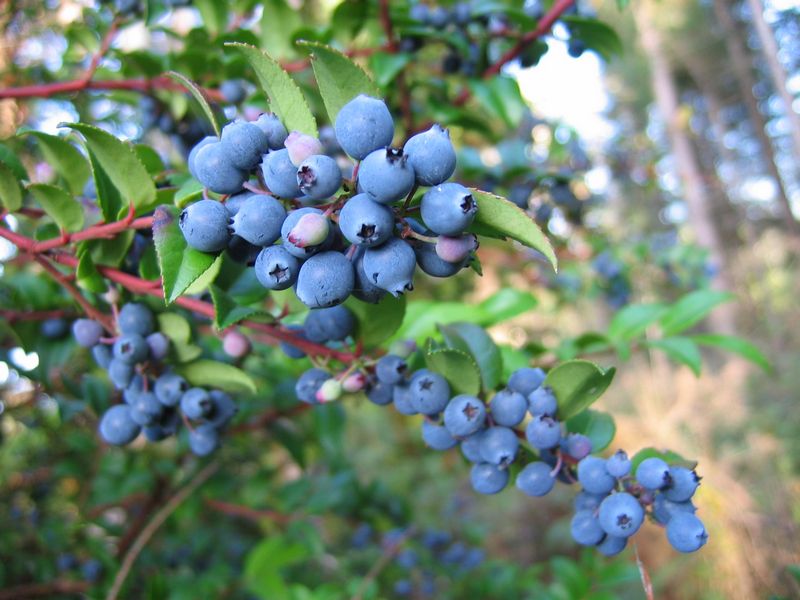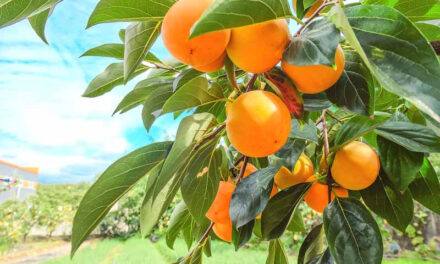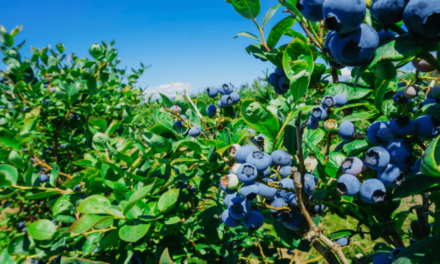The name huckleberry is often used in reference to describe any number of different berries including blueberries, bilberries, and whortleberries. This can seem confusing now, as it begs the question: is there an actual fruit called huckleberry and if so, what is it? The answer is YES, huckleberries ARE their own fruits, and today we'll show you how to grow huckleberries in your garden!
How to Grow Huckleberries in Your Garden
What Are Huckleberries?

- Huckleberries are perennial evergreen shrubs that are about 2-3 feet tall but can reach as high as 10 feet tall.
- Their small, black-purple fruits are delicious and completely edible raw on their own, or made into jams and other preserves.
- They are native to the eastern and southeastern parts of the United States.
Planting Huckleberries:
- Choose moist, acidic soil with a pH range of 4.3 to 5.2.
- Huckleberries can be planted either in the shade or in the sun, but having them in the shade will yield larger bushes and more berries.
- Huckleberries are best grown via rhizome, and not cuttings. Collect the rhizome in late winter or early spring in 4-inch long sections that are buried in sand-filled nursery flats.
- Once roots and stems are 1-2 inches long , transplant into 1-gallon pots with a peat moss based soil.
- Grow them in the peat moss soil for 1-2 years before transplanting them into the garden.
- Provided you like in USDA Zones 7-9, huckleberries should start flowering between April and May.
Care:
- Feed with a 10-10-10 fertilizer, manure, slow release, or granular fertilizer.
- Granular fertilizer can be applied in May, June, and July, while manure can be applied at any time.
- Do not prune young plants, but only to remove dead or diseased limbs.
So now that you know how to grow huckleberries, it's time to roll up your sleeves and get to planting!
Pin and share 🙂





















These are not huckleberris,rather, saskatoons
Please do share with us what a huckleberry is, as well as the difference between a huckleberry and a saskatoon
Saskatoons are a member of the Rose family (Rosaceae), while huckleberries are members of the heather family (Ericaceae).